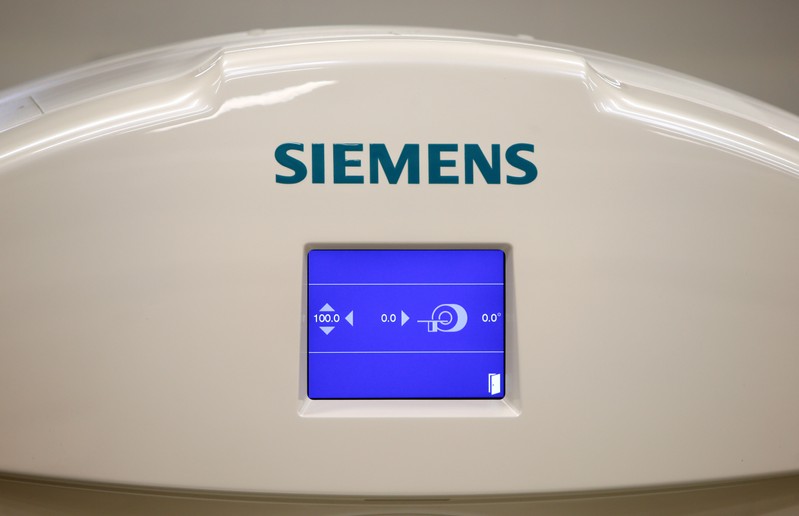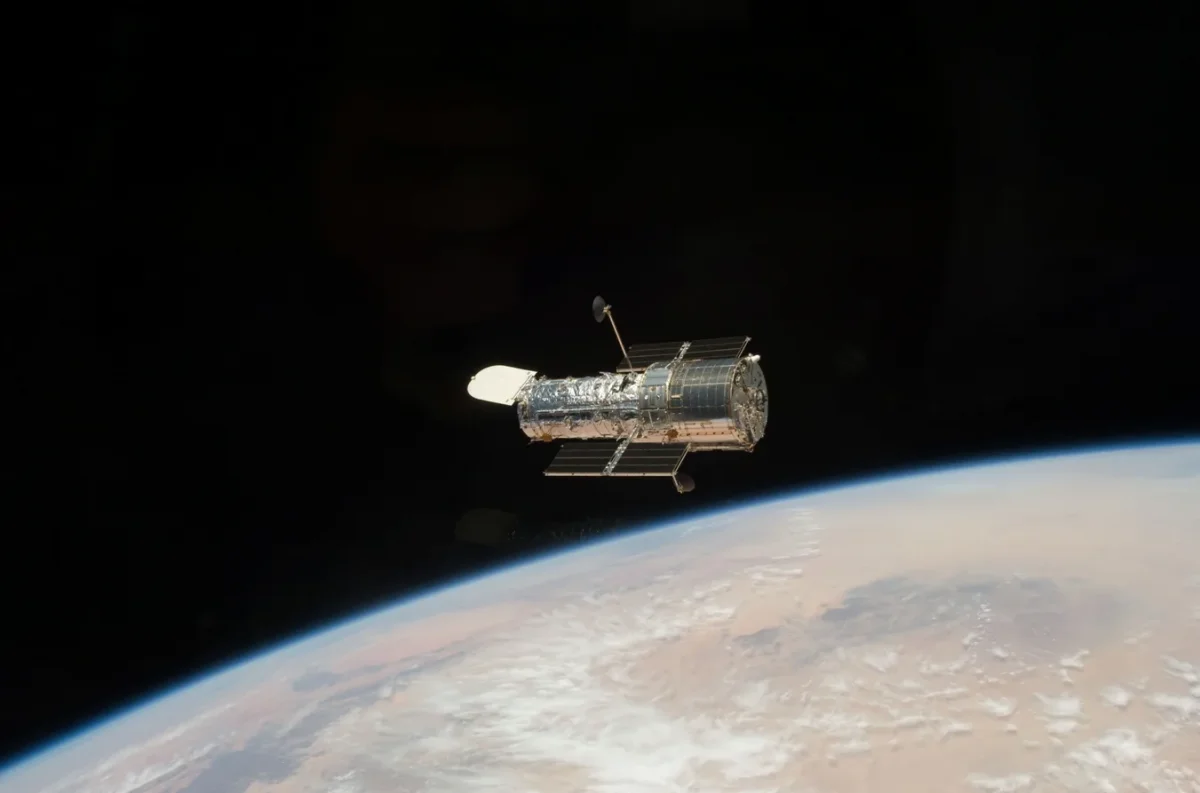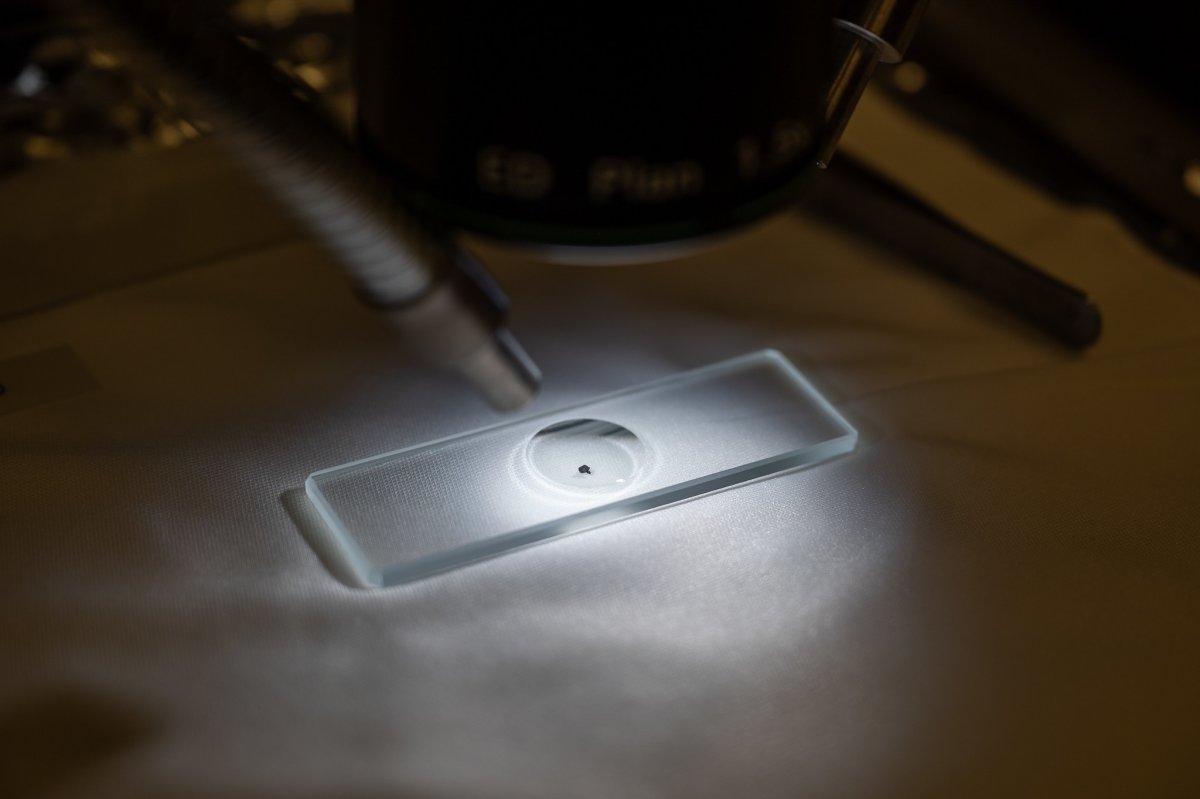Just over a month after NASA’s Osiris-Rex probe brought samples from the asteroid Bennu to Earth, the public can see some for themselves. NASA chief Bill Nelson himself unveiled the first public display of a rock from the sample on Friday at the National Museum of Natural History in Washington, D.C. The small stone can be seen in a small container in a display case that also contains models of the space probe and the rocket that launched it. In total, the Natural History Museum says it has acquired two pieces, so the portion not on display at the site will be researched.
advertisement
(Photo: NASA/Keegan Barber)
Problems with asteroid sampling
Osiris Rex dropped the sample above the ground at the end of September, and after a one-minute descent, it landed suspended by a parachute near Salt Lake City in the Utah desert. Within a few minutes, NASA specialists arrived on site and were able to recover the capsule. They also took samples from the landing site so they could detect possible contamination later. In all, the probe returned more than 250 grams of samples, 20 times more than the Japanese Hayabusa and Hayabusa 2 probes, which were the first to transport material from asteroids to Earth. Much carbon and water, the building blocks of terrestrial life, have already been found.
So far, only about 70 grams have been removed from the sample container, while access to the rest is prevented by jamming locks. To open it, you will need special tools. However, they are not approved for use in a sealed tank where the sample container is largely protected from ground effects. NASA has already announced that removing the rest will take weeks. In light of this, it seems surprising that the Smithsonian, which runs the Natural History Museum in Washington, has already received two specimens. At the same time, it underscores how important NASA is in engaging the public.
OSIRIS-REx (Origins, Spectral Interpretation, Resource Identification, and Security-Regolith Explorer) was launched in September 2016 and arrived on Bennu about two years later. The probe then explored the celestial body from orbit. In October 2020, I was able to take samples from its surface. In the spring of 2021, the probe returned to Earth. But her work is not finished with delivering the sample, as she is now heading, as Osiris Apex, to the near-Earth asteroid Apophis. It is supposed to reach this point after flying very close to Earth in 2029 and exploring it from its orbit.
(meh)

“Prone to fits of apathy. Zombie ninja. Entrepreneur. Organizer. Evil travel aficionado. Coffee practitioner. Beer lover.”







More Stories
Gyroscope again: The Hubble Space Telescope is back in operation after inactivity
iPad Games: Emulator Delta is coming – and Fortnite in the EU
The Starfield: Shattered Space expansion has a limited run